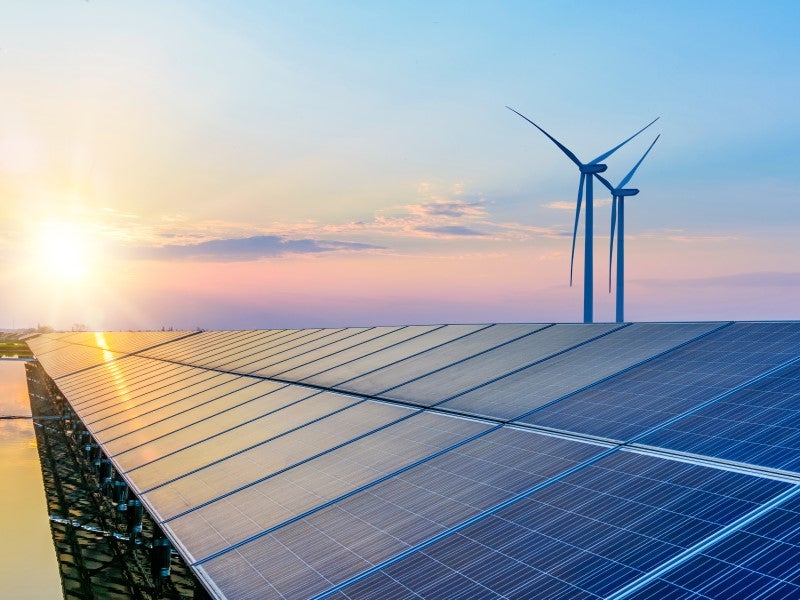With just over a week to go until COP27, the energy transition clock continues to wind down. Since the conclusion of the last conference, geopolitical tensions and a brewing macroeconomic crisis have brought home the risks of fossil fuel dependence. As a result, many nations are declaring green energy as the future and have announced a doubling down on investment in renewables. However, despite these declarations, the prospects of renewable energy remain bleak, with even the largest industry players reporting eye-watering operating losses as supply chain weaknesses come to the fore.
Demographic shifts will exacerbate the energy security problem
As leaders across Europe deliberate their ability to keep the lights on this winter, it seems that concerns surrounding energy security have never been more pressing. However, current population trends will only deepen this problem in the future. Although global fertility rates are falling, the world’s population is still expected to grow to 8.43 billion in 2030. In addition, socio-economic development will see per capita consumption rise with technology adoption. Taken together, these two trends will drive energy consumption to 35PWh in 2030, which works out as a 2.9% increase in consumption per year. The energy industry will need to think long and hard about how it will meet the needs of a growing, tech-hungry global population, while also balancing its energy security and decarbonisation priorities.
Business is bleak for renewable companies
Renewable energy sources are being touted as an escape hatch for countries paralysed between the rock and hard place that is the current energy crisis. Consequently, renewables are forecast to experience $4.4tn of new investment between now and 2030. This investment will translate to renewables accounting for 41% of global power generation by 2030. This will go some way to relieve reliance on fossil fuels and help countries achieve energy security.
However, the renewable energy market is experiencing its own problems. General Electric’s latest earnings release was mixed, with notable variation in how its (soon to be) spin-off businesses are performing in the face of the current macroeconomic challenge. The company’s renewable energy division remains the problem child, with the business reporting losses of $934m across the quarter. Revenues have also declined 15% from the previous year, caused by a 43% decline in order values.
The same trend was also visible within Siemens Energy’s Q3 2022 earnings release. Despite being considered a major player in the renewable energy business, the company’s clean energy business, Siemens Gamesa, reported a 13.8% drop in renewable revenues. It is becoming increasingly clear that the renewables market is feeling the effects of weak supply chains, with both GE and Siemens stating that the soaring prices of raw materials with inflation and supply chain disruptions are hurting their businesses’ profitability.
Weak supply chains are a barrier to the energy transition
The decline in revenues across the renewable energy sector reflects how energy companies are increasing their costs in line with the price of raw materials. In the case of wind turbines, surges in commodity costs such as steel have inflated the prices of equipment. General Electric’s drop in order values suggests that the price point is acting as a stumbling block for wind energy projects.
Solar energy is also similarly constrained by the raw materials of its supply chain. Silicon is the most common semiconductor used within solar panels, and although it is widely distributed, Chinese companies dominate polysilicon production and control 64% of its global production. This advantage over raw materials has given China an 80% global market share for solar cell manufacturing. Geopolitical tensions combined with continued zero-Covid policies render solar cell production highly vulnerable to disruption. If renewables are to be the road out of the current energy crisis, these supply chain weaknesses will need to be addressed. If not, the world risks simply swapping one form of dependence for another.





